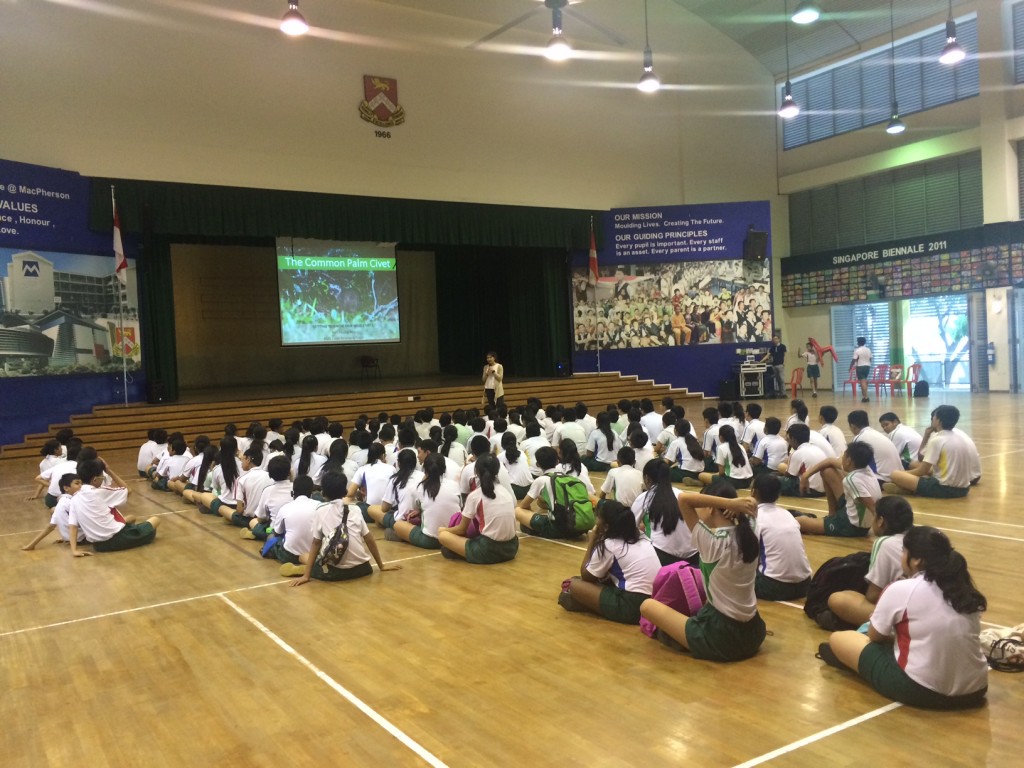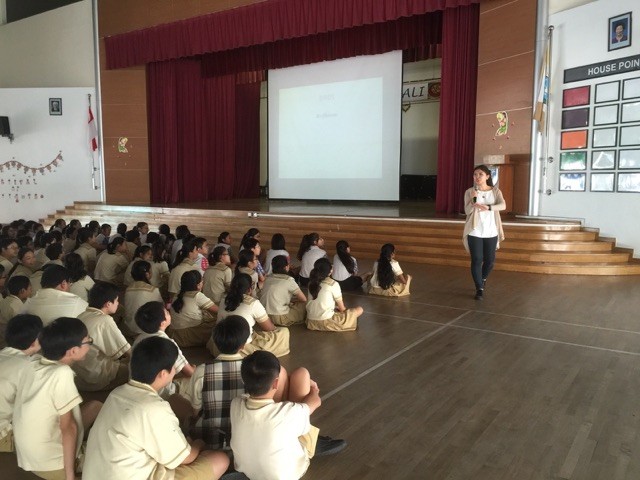Claudia Ang was an intern with the NUS Civet Research Team, helping out with various roadshow events such as Festival of Biodiversity and Ubin Day, as well as organizing and presenting talks to students in various schools in Singapore. She also helped in managing the team’s social media platforms such as its Facebook page and blog for a year (May 2015 to May 2016).
 I had joined the NCRT back in May 2015, and looking back now, it has been a year since I first got to know Weiting and Tze Kwan, both of whom are passionate researchers and advocates of civet welfare. I had come into the team with very limited knowledge on Singapore’s biodiversity, and I hadn’t quite an idea of how vast and rich our environment was of all the different habitats and organisms that live within them. Quite frankly, I was only someone with a drive and passion to work for and alongside animals. When I came across the team’s call for an intern on social media, I knew I had to give it a try.
I had joined the NCRT back in May 2015, and looking back now, it has been a year since I first got to know Weiting and Tze Kwan, both of whom are passionate researchers and advocates of civet welfare. I had come into the team with very limited knowledge on Singapore’s biodiversity, and I hadn’t quite an idea of how vast and rich our environment was of all the different habitats and organisms that live within them. Quite frankly, I was only someone with a drive and passion to work for and alongside animals. When I came across the team’s call for an intern on social media, I knew I had to give it a try.
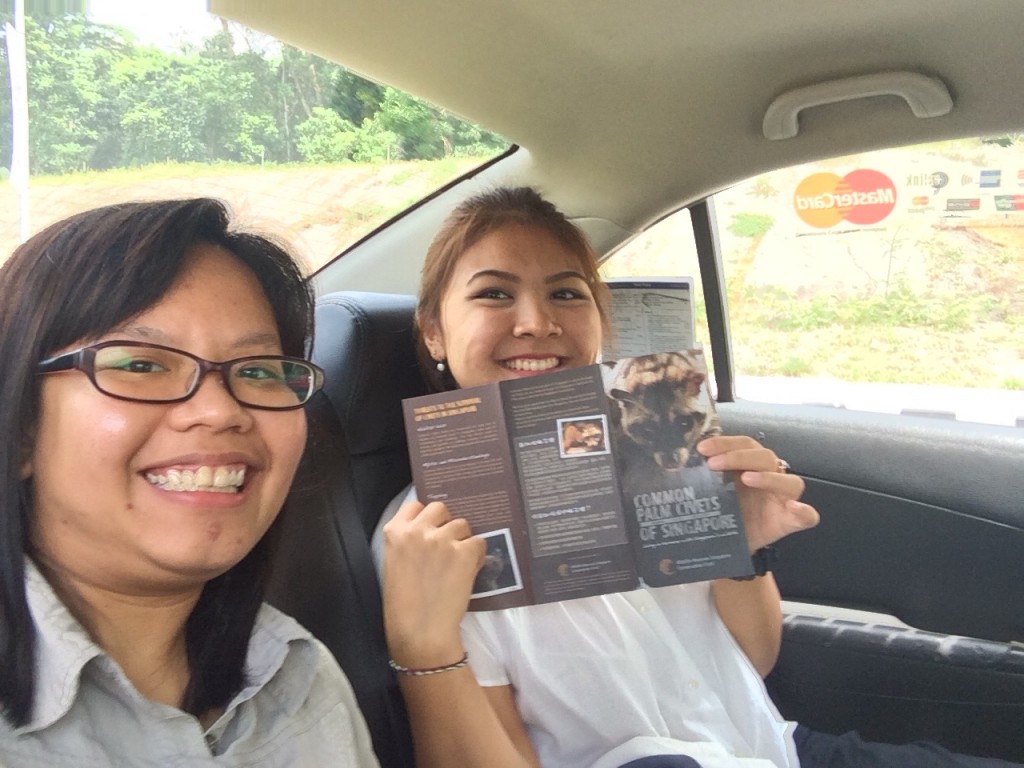 I have learned so much and have met so many environmentally-conscious people since. It is always a humbling experience to speak with them, they who know so much about Singapore’s conservation issues and who work so hard in order to create environmental awareness among the public, while at the same time always involving themselves in different avenues to discover and learn more about the local biodiversity. I am thinking of Sankar, the Toddycats SG50 LKCNHM intern, whose enthusiasm always lights up the room. And Becky, also the 2015 IKEA-ICCS intern who always goes the extra mile to advocate environmental consciousness. They are just a few of the inspiring individuals whom I have met through NUS Toddycats events, which are in itself so enriching. It was through these Toddycats events that I managed to learn more about the various animals that share our landscape, such as bats, dugongs, otters, and various birds such as the oriental pied hornbill and the collared kingfisher.
I have learned so much and have met so many environmentally-conscious people since. It is always a humbling experience to speak with them, they who know so much about Singapore’s conservation issues and who work so hard in order to create environmental awareness among the public, while at the same time always involving themselves in different avenues to discover and learn more about the local biodiversity. I am thinking of Sankar, the Toddycats SG50 LKCNHM intern, whose enthusiasm always lights up the room. And Becky, also the 2015 IKEA-ICCS intern who always goes the extra mile to advocate environmental consciousness. They are just a few of the inspiring individuals whom I have met through NUS Toddycats events, which are in itself so enriching. It was through these Toddycats events that I managed to learn more about the various animals that share our landscape, such as bats, dugongs, otters, and various birds such as the oriental pied hornbill and the collared kingfisher.
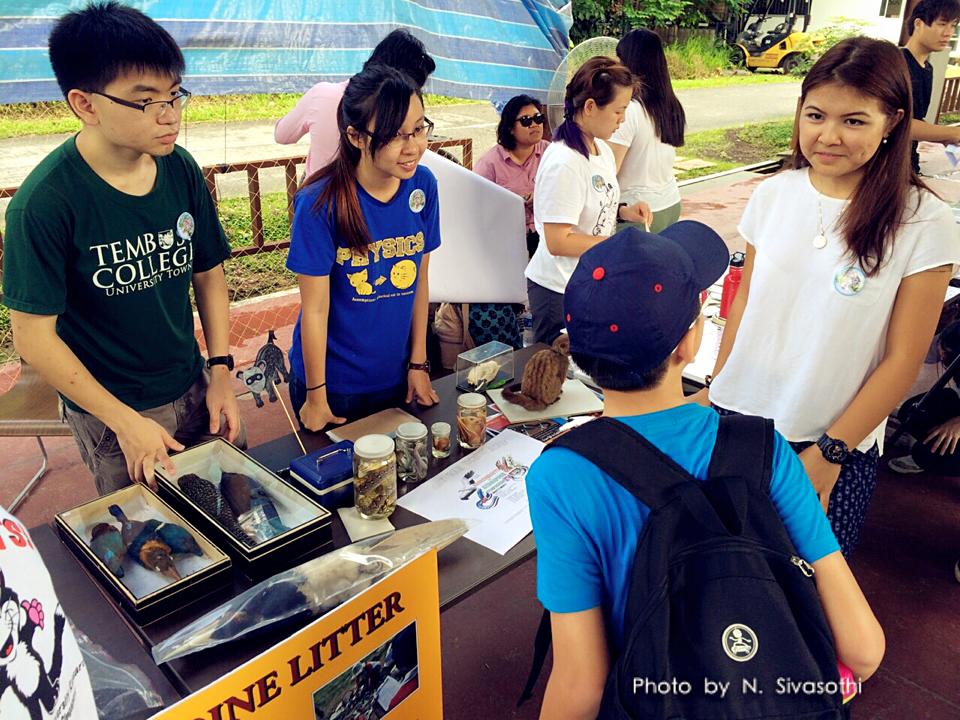 In a similar way it is always exciting to visit schools to give talks. Just to be able to speak to them for an hour, knowing that they will leave the school hall with much more knowledge and awareness on Singapore’s environment and biodiversity is reward enough. Most students nowadays are not sufficiently aware, in the same way that I was not. It brought up a pressing issue, that is we are not doing enough, as a whole and as a country, to promote/inculcate environmentally-conscious thinking. School talks are thus of extreme importance if we would like to get our future generations involved in efforts to conserve our environment.
In a similar way it is always exciting to visit schools to give talks. Just to be able to speak to them for an hour, knowing that they will leave the school hall with much more knowledge and awareness on Singapore’s environment and biodiversity is reward enough. Most students nowadays are not sufficiently aware, in the same way that I was not. It brought up a pressing issue, that is we are not doing enough, as a whole and as a country, to promote/inculcate environmentally-conscious thinking. School talks are thus of extreme importance if we would like to get our future generations involved in efforts to conserve our environment.
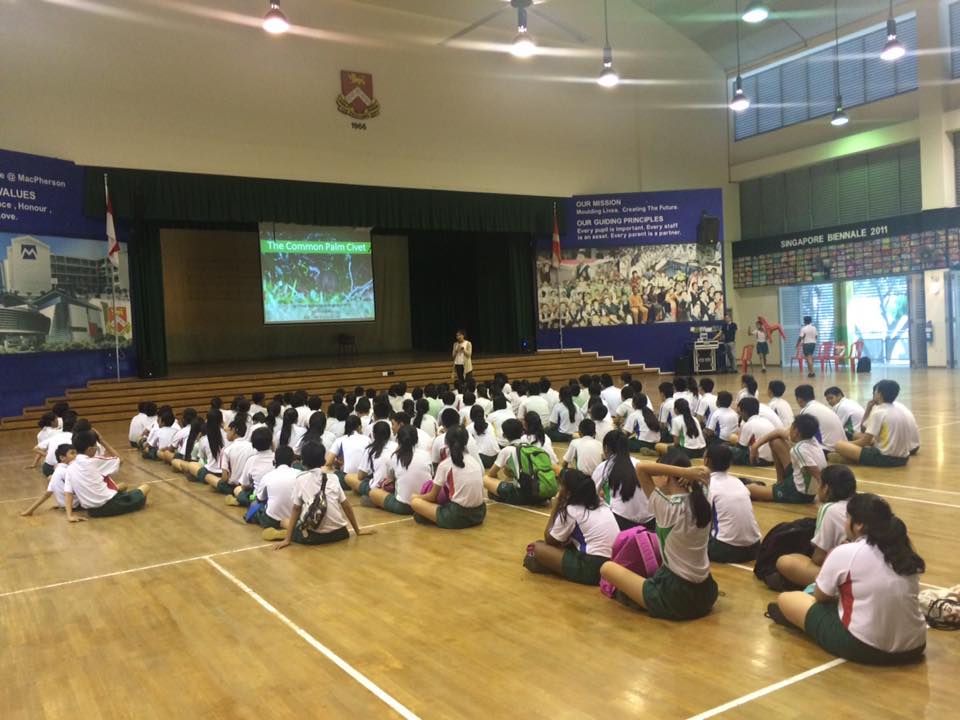 Our natural heritage is something to work towards conserving. It won’t just conserve itself by itself. Disappearing forests and depleting wildlife are issues that we should be worried about. With this internship, I have obtained a new perspective and a heightened urgency to redeeming and conserving our local flora and fauna. It has been fulfilling in a way that I have learned so much from these people – the way they work, the way they think, all stemming from the passion that drives them – and I am incredibly thankful for that.
Our natural heritage is something to work towards conserving. It won’t just conserve itself by itself. Disappearing forests and depleting wildlife are issues that we should be worried about. With this internship, I have obtained a new perspective and a heightened urgency to redeeming and conserving our local flora and fauna. It has been fulfilling in a way that I have learned so much from these people – the way they work, the way they think, all stemming from the passion that drives them – and I am incredibly thankful for that.  “Thank you Claudia for the many exhibitions and talks that you conducted, blog posts and publicity materials that you created within the span of a year. We will miss your creative energy and enthusiasm. The team would like to wish you all the very best in your future endeavours and keep growing the passion that you have for animals within you.”
“Thank you Claudia for the many exhibitions and talks that you conducted, blog posts and publicity materials that you created within the span of a year. We will miss your creative energy and enthusiasm. The team would like to wish you all the very best in your future endeavours and keep growing the passion that you have for animals within you.”



